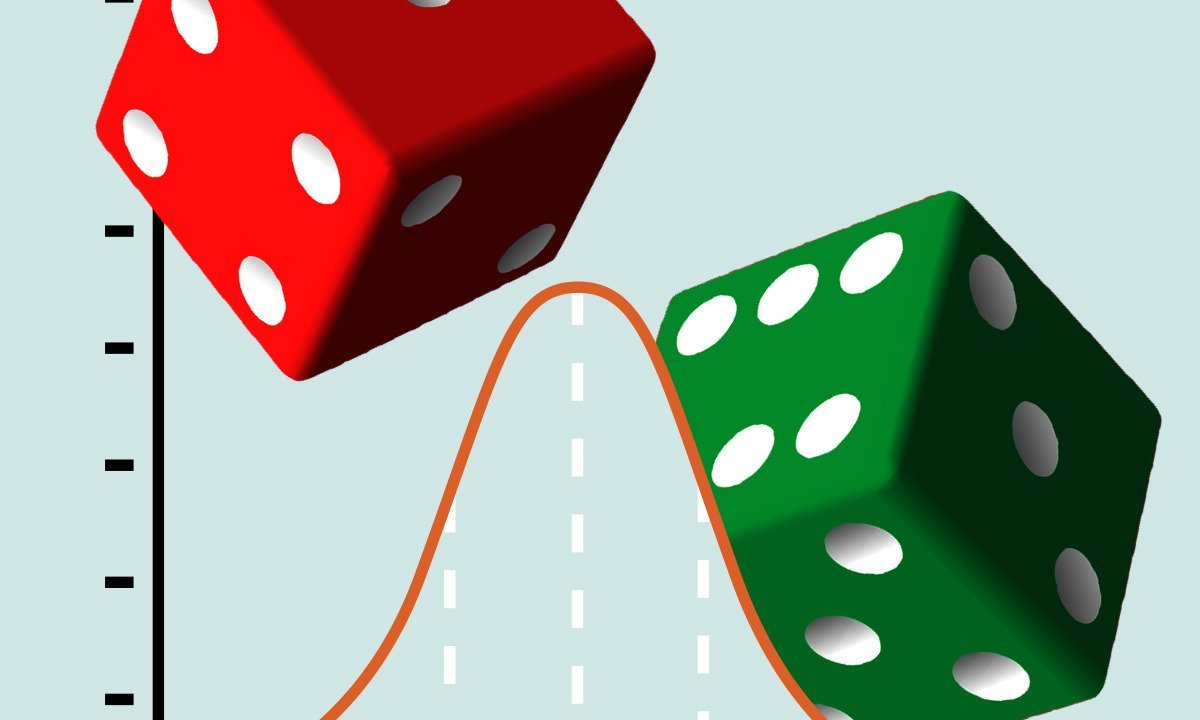
Description
This course helps to build the foundational material to use mathematics as a tool to model, understand, and interpret the world around us. This is done through studying functions, their properties, and applications to data analysis. Concepts of precalculus provide the set of tools for the beginning student to begin their scientific career, preparing them for future science and calculus courses. This course is designed for all students, not just those interested in further mathematics courses. Students interested in the natural sciences, computer sciences, psychology, sociology, or similar will genuinely benefit from this introductory course, applying the skills learned to their discipline to analyze and interpret their subject material. Students will be presented with not only new ideas, but also new applications of an old subject. Real-life data, exercise sets, and regular assessments help to motivate and reinforce the content in this course, leading to learning and mastery.
Tags
Syllabus
- Module 1: Basics and Common Functions
- Functions help to study the relationship between two or more variables. They are the basic quantitative tool used to visualize, analyze, and interpret these relationships. Studying functions is the first step in developing analytics skills for mathematical modeling. In this module, we develop the concept of a function and review important algebraic operations on functions used later in this course. We will also study the important features, like domain, range, and end behavior of graphs.
- Module 2: Equations of Lines, Quadratics, and More Functions
- In this module, we will study two common types of functions: linear and quadratic. We will learn how to identify common features of their graphs, and see how they can be used to model real world situations, particularly those involving revenue and cost. We will also further explore function compositions, and learn how to find the inverse of a function.
- Module 3: Exponential and Logarithmic Functions
- In this module, we expand our catalog of functions to study two new functions that arise when modelling natural phenomena: the exponential and logarithmic functions. In the last module, we saw that one-to-one functions have inverses, which reverse the function process. For example, the function f(x) = x^3 has as its inverse the function g(x) = x^(1/3). We now want to expand this process to find inverses for exponential functions - those of the form f(x) = a^x, where a is a positive number not equal to one.
- Module 4: Properties of Logarithms
- Understanding the logarithm as an exponent allows for important algebraic properties of the logarithm. In this module, we will explore these properties and their uses as we apply logarithms to real world examples.

Precalculus: Relations and Functions
-
TypeOnline Courses
-
ProviderCoursera
- Module 1: Basics and Common Functions
- Functions help to study the relationship between two or more variables. They are the basic quantitative tool used to visualize, analyze, and interpret these relationships. Studying functions is the first step in developing analytics skills for mathematical modeling. In this module, we develop the concept of a function and review important algebraic operations on functions used later in this course. We will also study the important features, like domain, range, and end behavior of graphs.
- Module 2: Equations of Lines, Quadratics, and More Functions
- In this module, we will study two common types of functions: linear and quadratic. We will learn how to identify common features of their graphs, and see how they can be used to model real world situations, particularly those involving revenue and cost. We will also further explore function compositions, and learn how to find the inverse of a function.
- Module 3: Exponential and Logarithmic Functions
- In this module, we expand our catalog of functions to study two new functions that arise when modelling natural phenomena: the exponential and logarithmic functions. In the last module, we saw that one-to-one functions have inverses, which reverse the function process. For example, the function f(x) = x^3 has as its inverse the function g(x) = x^(1/3). We now want to expand this process to find inverses for exponential functions - those of the form f(x) = a^x, where a is a positive number not equal to one.
- Module 4: Properties of Logarithms
- Understanding the logarithm as an exponent allows for important algebraic properties of the logarithm. In this module, we will explore these properties and their uses as we apply logarithms to real world examples.
Tags
Related Courses


STAT 507: Epidemiological Research Methods
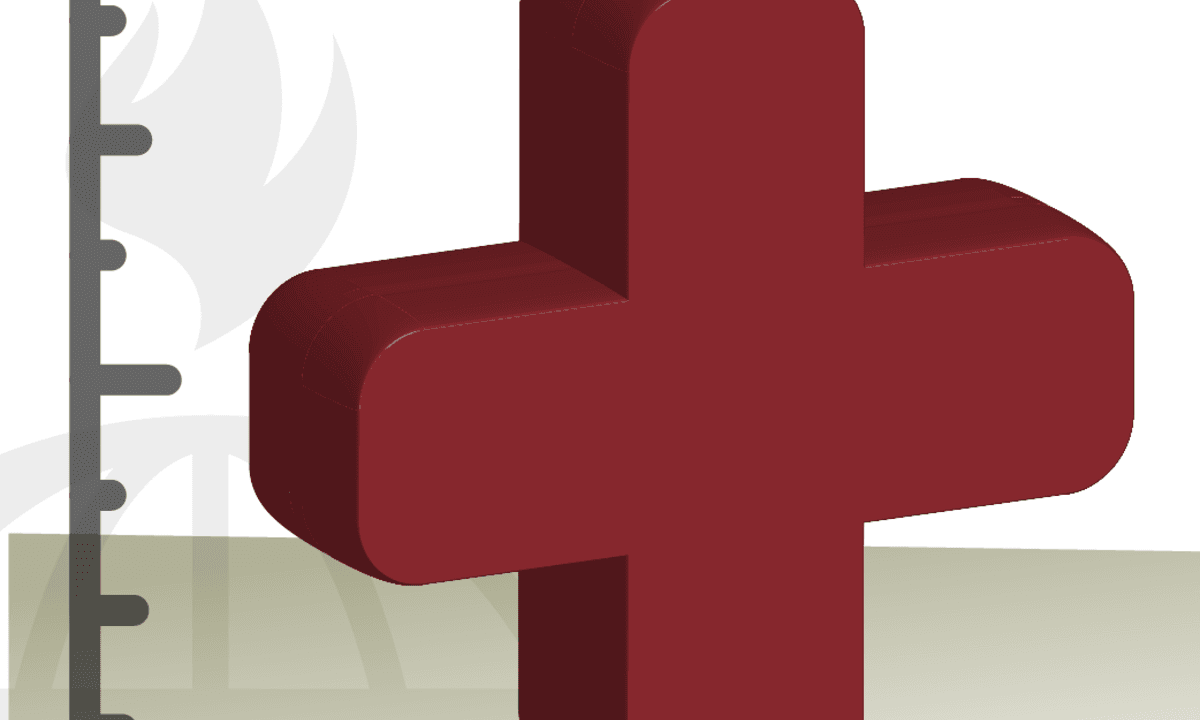
Summary Statistics in Public Health
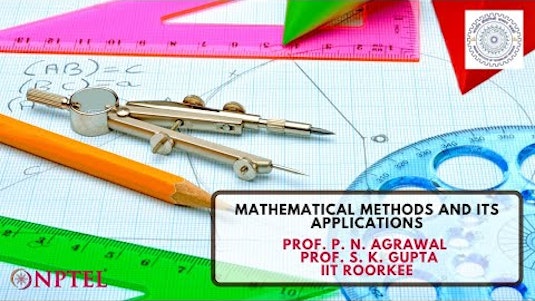
Mathematical Methods And Its Applications

Invitation to Mathematics הזמנה למתמטיקה

Geometric Algorithms

Math for Machine Learning (Vietnamese)

C# and Shader Tutorials for the Unity Engine
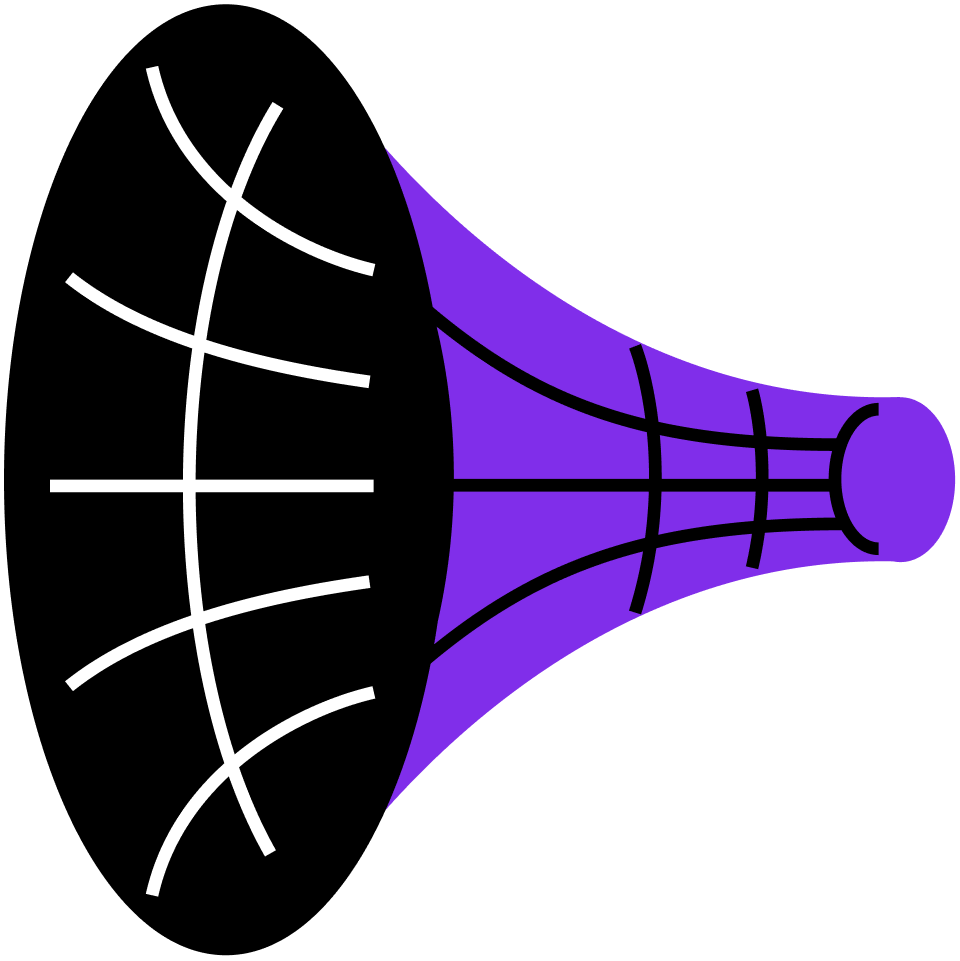
Integral Calculus
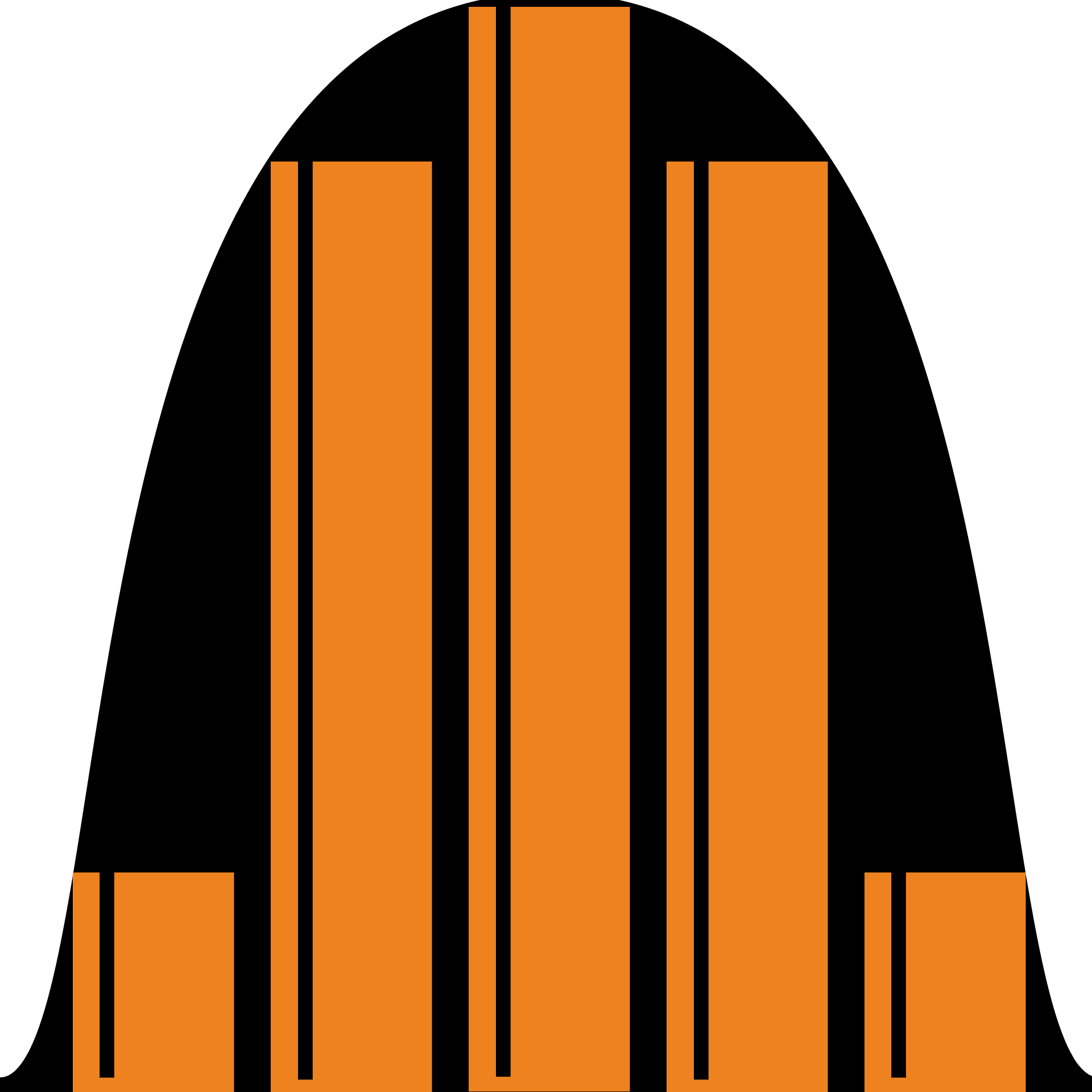
Random Variables & Distributions

Logic II


 Online Courses
Online Courses  Coursera
Coursera
